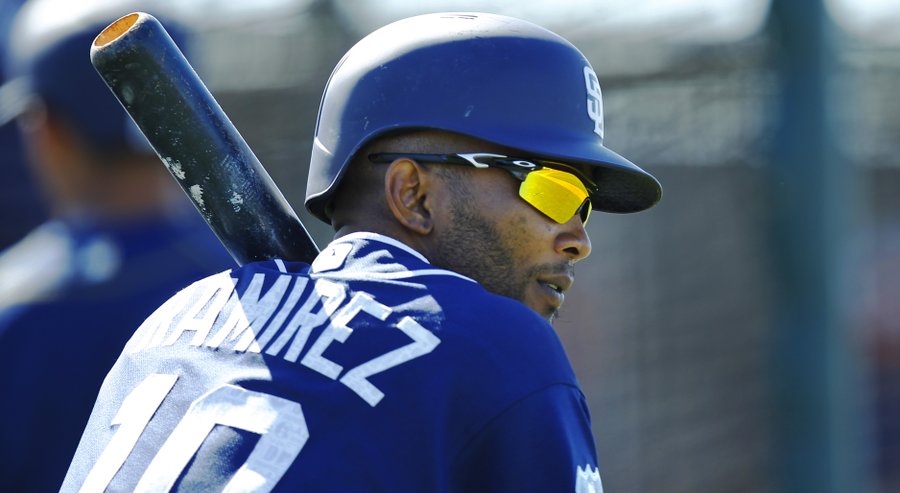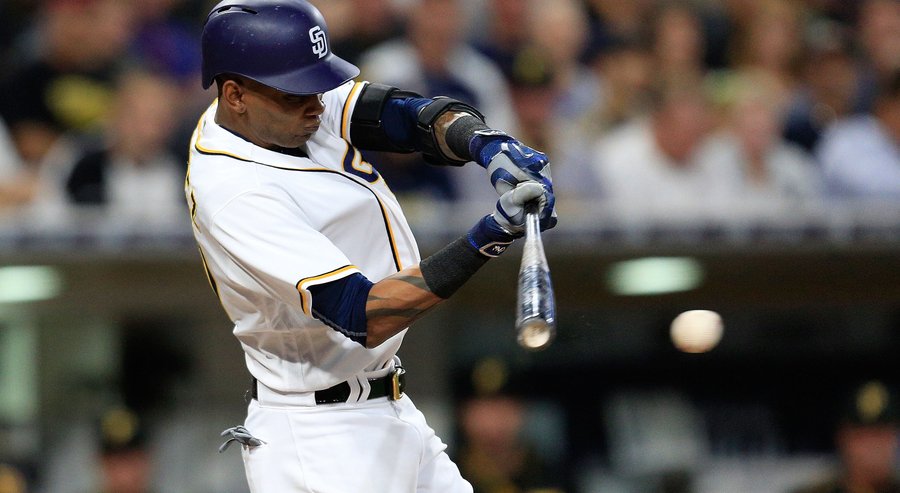Padres Editorial: The Padres Still Have a Shortstop Problem

Credit: AP Photo

A mere days from the 2016 MLB All Star Game, every team has more or less established their position for the rest of the season. The first half has it’s winners and losers, teams who still have playoff chances and those who are already looking towards 2017. It doesn’t take a baseball expert to evaluate where the Padres currently sit. At 38-49, with just two games remaining before the All Star Break, it’s clear that the Padres are already looking towards next season, and perhaps more realistically, looking towards 2018.
Despite the San Diego Padres not being any sort of playoff contender in 2016, there is one problem the Padres have experienced this season that could bleed into 2017. The Padres have actually had the same problem year after year for as long as I can even remember. As always, one of the Padres most notable problems is the performance of their starting shortstop.
In 2015, Clint Barmes and Alexi Amarista were arguably the worst shortstop duo in all of baseball. In 2014, it was a combination of Alexi Amarista and Everth Cabrera. In 2013, Everth Cabrera performed rather well, although a PED suspension dampened that success. In 2012, Cabrera struggled and in 2011, Jason Bartlett saw a majority of the playing time at short, to poor results.
I could go back further, but it’s always been a similar story at short for the Padres all the way back until 2008 when Khalil Greene had his last decent season in San Diego. In fact, since 2008, no team in baseball has had worse production from the shortstop position than the San Diego Padres. And it’s not particularly close. In fact, the Padres have only gotten 2.7 collective fWAR from their shortstops over the last eight and a half seasons. For some comparison, the second worst team produced 8.2 fWAR at the shortstop position in that time.
In 2016, the story has been the same with Alexei Ramirez through just over half the season. The argument can be made that Alexei Ramirez has actually been the worst everyday player in all of baseball. Prince Fielder may get some consideration for his poor offensive performance and atrocious defensive performance, but Ramirez may have been worse to this point. With a .240/.272/.321 slash line and a wRC+ of only 59, it’s not hard to see how bad Ramirez has been.
For all the problems the Padres have had over nearly a decade, shortstop has clearly been the biggest one. However, with the acquisition of Javier Guerra in the Craig Kimbrel trade last offseason, the Padres were finally supposed to have their long-term shortstop of the future. The team signed Alexei Ramirez to a one year $4 million contract with a same price option for the 2017 season as a stop-gap until Guerra was ready to play in the bigs.
Despite having somewhat of a plan in place, that plan has nearly completed backfired. Not only has Ramirez been arguably the worst everyday player in all of baseball, but Javier Guerra has had a downright frustrating season in High-A, slashing only .209/.270/.343 on the season to this point. Guerra still has some long-term potential, but it’s hard to see him being big league ready anytime soon. In the meantime, the Padres have no readily apparent options to man shortstop.
From the standpoint of the play on the field, it’s likely that a player like Ramirez would be designated for assignment if he was playing for a team with playoff chances. Given the fact that he plays for the Padres, on top of the fact that there’s no viable replacement to the found, Ramirez has obviously had a much longer leash.
While 2016 is pretty much a wash at this point, the Padres need to start considering all options for 2017. The team could obviously bring back Ramirez on his cheap second year option, but given his performance, it’s hard to justify the team making that move. With that being said, the likes of Jose Rondon, Luis Urias, and Javier Guerra are either not big league ready, or come with big questions about big league viability. Although the Padres came into 2016 feeling better about the shortstop position than they had in years, this season has yet again proven the Padres are still being plagued by the same organizational problems.
Editorial and Prospect Writer for East Village Times. Twenty-five years young, Patrick has lived in San Diego for his entire life and has been a Padres fan nearly as long. Patrick lives for baseball and is always looking to learn new things about the game he loves through advanced stats.